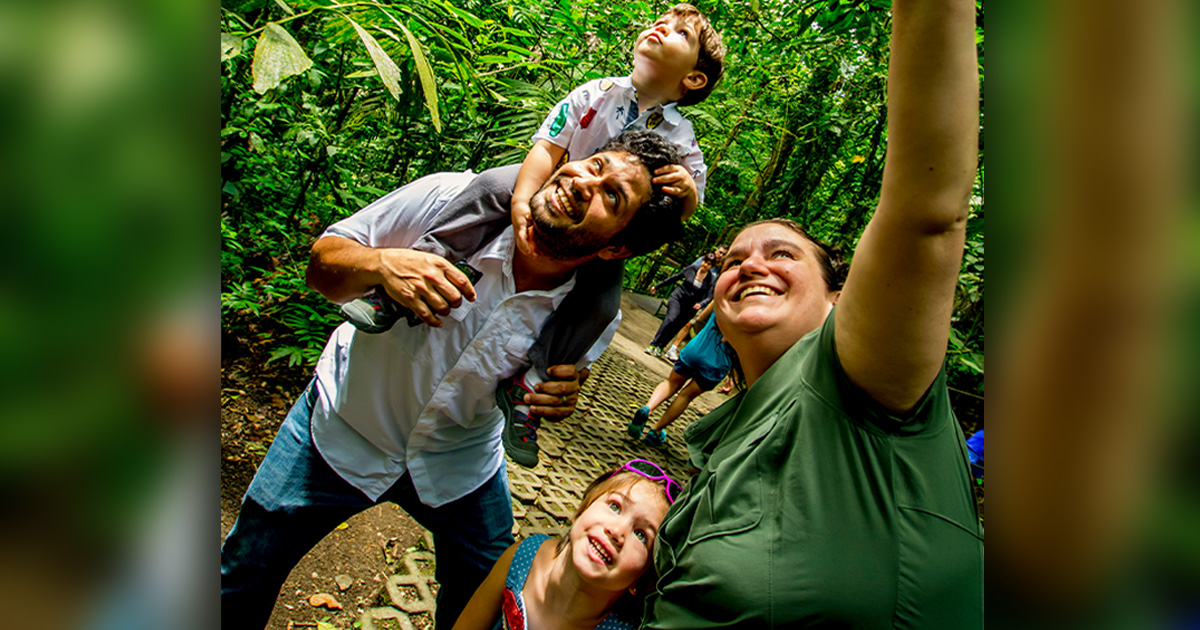
Sustainability, accessibility, education—Il Viaggio Travel does it all.
While based in Costa Rica, “Il Viaggio” is actually Italian for “travel,” inspired by co-founder Stephanie Sheehy’s family and heritage. The initial hope was to draw in clients from the European country, but Sheehy says it didn’t quite happen like that.
Yet, the small business has grown in a huge way since being founded in 2005 by Sheehy and her then-boyfriend, now-husband: Emilio Zúñiga. The foundation was built with United States tourism, but economic recessions and other crises forced Il Viaggio to adapt and evolve, now working with travelers from Europe, South America, North America and Israel.

Il Viaggio has been focused on sustainability, local businesses and unique experience from the beginning, launching with the ethos of being a travel company “where people are people, and not numbers.” Now, they’re the only local ground operator in Costa Rica with all the elite certifications from the government. They’re even the operator that the government’s tourism board (ICT) uses to coordinate travel for media, such as National Geographic.
But most of all, they’re a family travel company, especially ever since Sheehy had her first baby and began to realize all of the important factors to consider like a baby’s usual naptimes (which make for the best times to transport from place to place), having bottles on hand as well as heaters, fridges and so on. You don’t have to have children for it to be family travel, though.

“We actually believe that all of our trips are family oriented, because if you design a trip with somebody that you want to create memories, it’s because it’s part of your family,” Sheehy said. “Even if it’s not blood or if it’s just a friend, it’s a family trip, right?”
A whole book could easily be written on Il Viaggio’s illustrious history, but for now, FTA sat down with Sheehy to get an idea of how the company has evolved and continues to do so.
You have a big focus on accessibility that’s been a bit ahead of the curve over the past two decades, and only continues to grow. Can you tell us about how that came about?
In 2012, we were at the biggest trade show in Spain, and we just put the logo of a wheelchair at our stand, and it was the first time people with disabilities started approaching a Costa Rica booth. The ICT (Instituto Costarricense de Turismo) was saying like, “Hey, what’s going on? Why are their people with wheelchairs, with guide dogs approaching?” And it was just because we put on our stand the logo of the wheelchair. So, we realized that there was a very big niche market, that there were people that were in the same trade show just looking for tourism and that they didn’t approach Costa Rica before us, just because there was no information.
We came back from that event and we started checking Costa Rica in regards to accessibility. I’m an interior designer, so I was able to check infrastructures, and there was nothing in the country. It took us four years to actually invest, because the whole tourism chain of value was like, “Oh, you want accessible rooms? Why? They don’t travel. They don’t have money,” blah, blah, right? So, we invested in the equipment. We did some of the rooms. We had to bring a lot of equipment from the US and Europe. We created the first accessible vans in Costa Rica that had permission to have tourism permits.
Then, in 2016, four years later of investing, creating, designing and all of that, in 2016 we brought the first group of five electric wheelchairs from Spain. And since then, we have been the leaders and pioneers of creating a Costa Rica for all. Right now, we can show the same Costa Rica to people with or without disabilities. So, it’s not that they stay behind. They do the same activities, because we have the equipment and trained staff, so we can do that.
And that extends beyond physical accessibility, right?
In 2018, I started working with Nicole from Storybook Travel, and I brought her and her family so we could check an itinerary and create a product that was autism friendly. So, right now, we’re offering together autism family for low and high impact. Then, the next year I started working with another agent that specializes in Down syndrome. And so, right now, basically, we can offer Down syndrome, low impact, high impact in autism, and any physical condition. We’re still working on the sensory part, talking about people that are deaf, and need sign language in English or in the language of the tourists. And in Costa Rica, there are no guides that are certified that know sign language. So, that part has been a little bit difficult. And if they have a visual disability, we’re starting right now to create the product because we need a lot of implements, so that when we talk about, for example, “This is the sound of a toucan.” We need the 3D figure of the toucan and the texture and all of that, so that we can actually give the accurate information to the tourists. So, we’re working on that as well.

Sounds like a large, but valuable undertaking.
One of the biggest things is that we’re not doing it alone. We decided to create an NGO (non-governmental organization). So, with our NGO, we’re working with the government. We’re making legislation. We have a project where we have created accessible beaches around the country. We have a training program for the whole tourism chain of value. So, the private company, Il Viaggio, is the leader and the pioneer that creates all of these accessible solutions to bring the tourists, but we need that NGO so that it actually becomes a reality and not just a project.
But people still need to work with experts to ensure that accessibility, right?
I think that it’s very important that people understand that Costa Rica can be an accessible destination, if you plan your trip with an expert. Because if you just decide to come to Costa Rica, you’re going to find that the buses are not accessible. The sidewalks are not accessible, that the hotel may not give you the accessible room.
It’s like any specialty. If you’re traveling and you want to do birdwatching, you arrange your trip with birdwatching experts. If you’re traveling or you want an adventure, you do you trip with an adventure expert. If you’re traveling with your family, you do a family expert, right? If you’re doing a trip with somebody that has different condition, disability, physical, chemical or sensory, then you have to travel with local experts, as well.
What do you want more families to know about Costa Rica?
Don’t be afraid to come with your children. Show them Costa Rica, which is a real open-air classroom. Because everywhere you go, you learn about biodiversity, flora, fauna, and if you do the trip with an expert, you can actually really enjoy it, stress-free, hassle-free trips. For example, from ages four to 11, we create an itinerary that’s called a treasure hunt experience. So, we actually give them a little bottle with a message, and say, “Hey guys, when I was coming here, I found this bottle with a message.” They open it, and it says that the kids will have to answer one riddle per day and will have to find one treasure per day that they will put in this little box, do some drawings and things. And at the end of the trip, they have to deliver the loot, which is all these treasures. And the captain will give them a scrapbook with their printed pictures of their journey. So, it’s a complete way of traveling where they get these printed pictures, which nowadays, children don’t see that, so it’s amazing for them.
For more information and to look into the incredible travel options of Costa Rica, visit ilviaggiocr.com.
Photos Courtesy of Il Viaggio Travel.

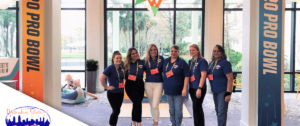




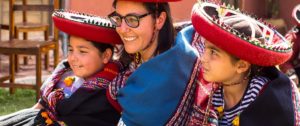

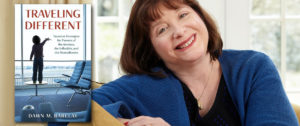




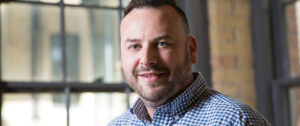
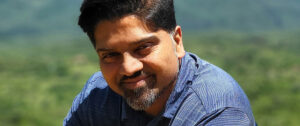
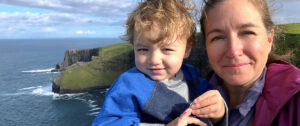
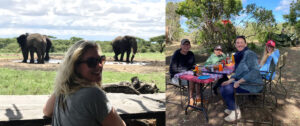
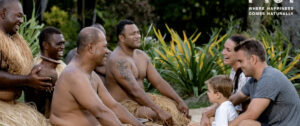
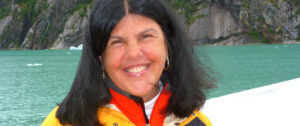
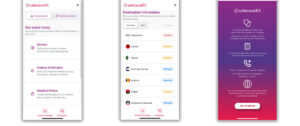
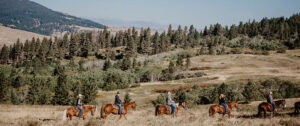

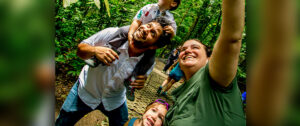

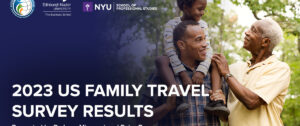
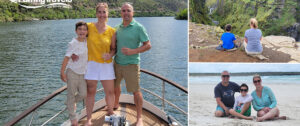
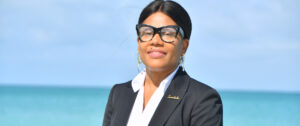






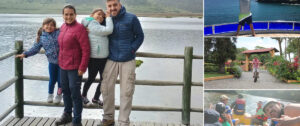
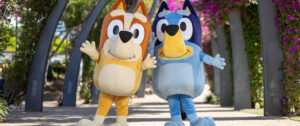


Leave a Comment
Your email address will not be published. Required fields are marked *